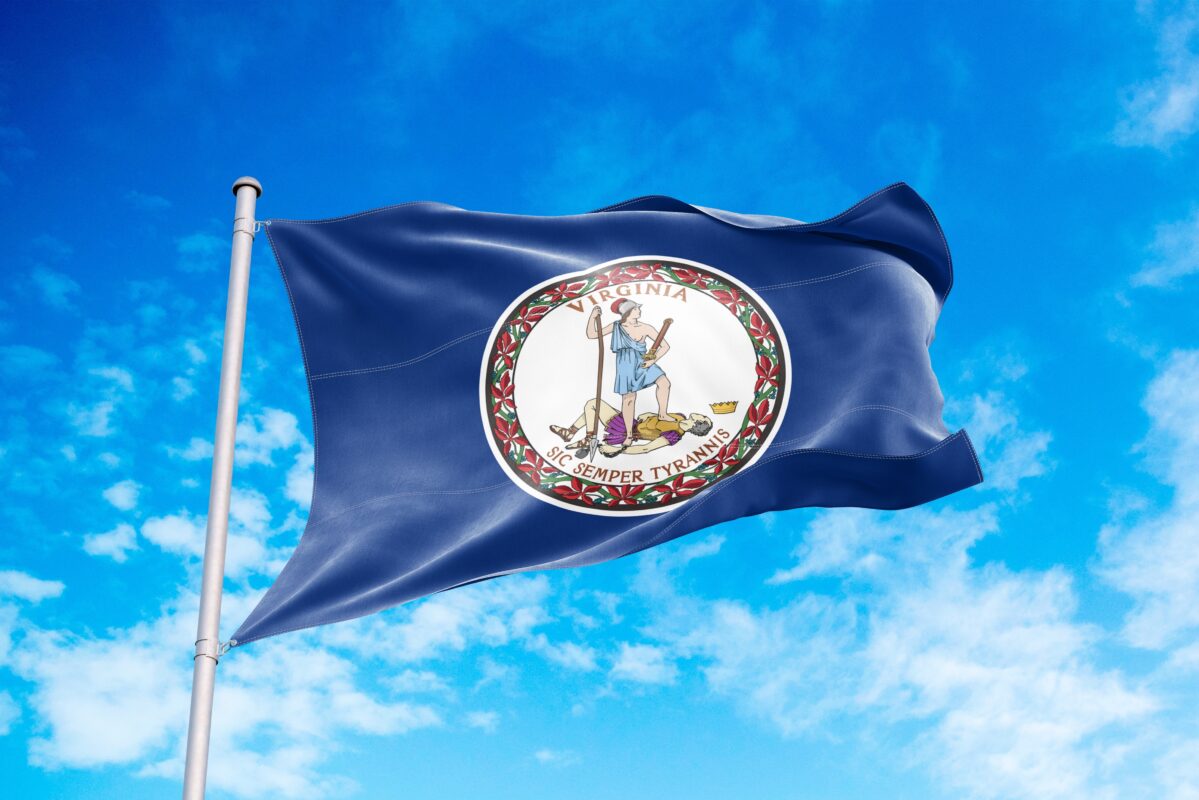By Amanda Demas, Alexis Leiderman, Sebastian Bravo
Now more than ever, infection control is one of the most widely discussed topics in any health-care environment. Infection control guidelines are changing rapidly, affecting the student clinician experience.
In accordance with the Centers for Disease Control and Infection (CDC) guidelines, perhaps the most influential way to slow the spread of COVID-19 is minimizing the number of people in a space at a given time. Many medical settings have reduced the quantity of individuals allowed in the facility at once which often means fewer, if any, students.
Student clinicians face restrictions because of the pandemic, resulting in decreased practicum hours and fewer opportunities for hands-on learning experiences. While remote learning resources and networking opportunities have evolved to fill in this gap, many clinicians and students in our profession continue to adapt to the impact that limited in-person exposure has presented.
Recent Posts
Academy Files Rulemaking Petition to Restore ABA Language in VA Regulations
Earlier last year, the Virginia Board of Audiology and Speech-Language Pathology finalized regulatory changes intended to streamline licensure by removing direct ties between certification and…
Congress Needs to Hear From Audiologists on Student Loan Access
The Professional Student Degree Act, H.R. 6718, introduced by Representative Michael Lawler (R-NY), was introduced in mid-December. This bill reaffirms audiology’s status as a professional…
Why Wild Animals Don’t Have Floppy Ears
In 1959, a scientist began a domestication experiment with silver foxes. Critics believed the experiment was, at the very least, too ambitious (if not outright…


